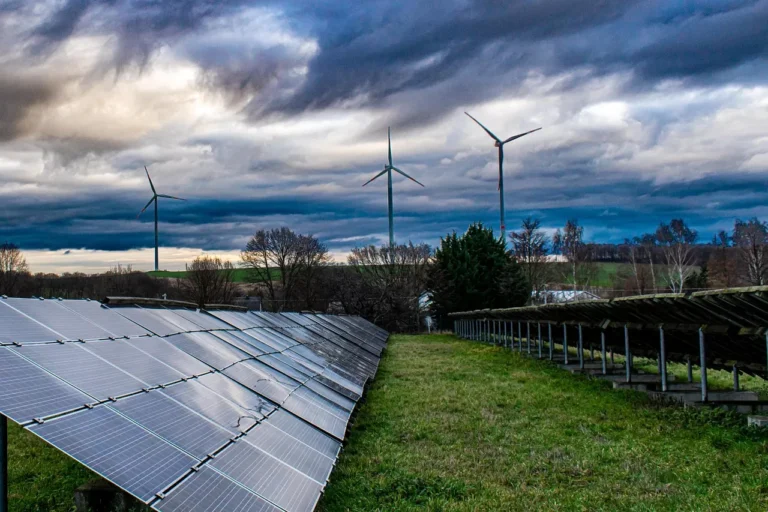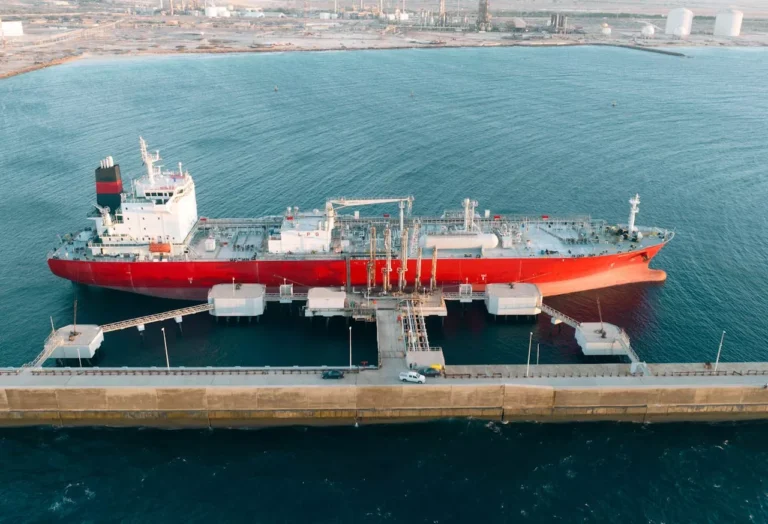
The construction project for the Alcántara II reversible hydroelectric pumping station in Extremadura, Spain, has received a favorable Environmental Impact Statement (EIS) from the Ministry for Ecological Transition and the Demographic Challenge. With an approved EIS and grid access permit, the project now awaits the final administrative authorization.
This plant, with an installed capacity of 440 MW, will store up to 16 million kWh of energy—enough to supply over 4 million people daily. It will add 37 hours of full-load energy firmness to the grid and generate more than 1,000 GWh annually using existing water resources, cutting CO2 emissions by an estimated 355,000 tons per year. This will support the decarbonization of the electricity system by enhancing the integration of renewable energy, particularly solar and wind, and providing increased system flexibility.
The plant’s design leverages the current dam infrastructure with minimal environmental impact. All hydraulic circuits, including the power plant, will be underground. It will link the Cedillo and Alcántara reservoirs with a 0.9 km double underground hydraulic circuit, utilizing a 108-meter difference in elevation and two reversible turbines with a combined capacity of 220 MW. This system will recycle water, generating no impact on other users of the Tagus River.
Reversible, or pumped-storage, hydroelectric plants are highly efficient large-scale energy storage systems. They operate in a closed loop between two reservoirs, with water being stored in the upper reservoir as potential energy and then released to generate electricity when demand is high. During off-peak times, the water is pumped back to the upper reservoir, allowing for continuous operation.
Environmental measures have been integrated into the project to protect local wildlife and biodiversity, alongside efforts to promote the circular economy through the use of recycled materials.
The Institute for Energy Diversification and Saving (IDAE) awarded the project €44.9 million in July for its strong economic viability and technical capabilities in supporting renewable energy integration. It received the maximum grant for installed capacity and the highest overall score within the European Union’s Next GenerationEU framework under the Recovery, Transformation, and Resilience Plan.










